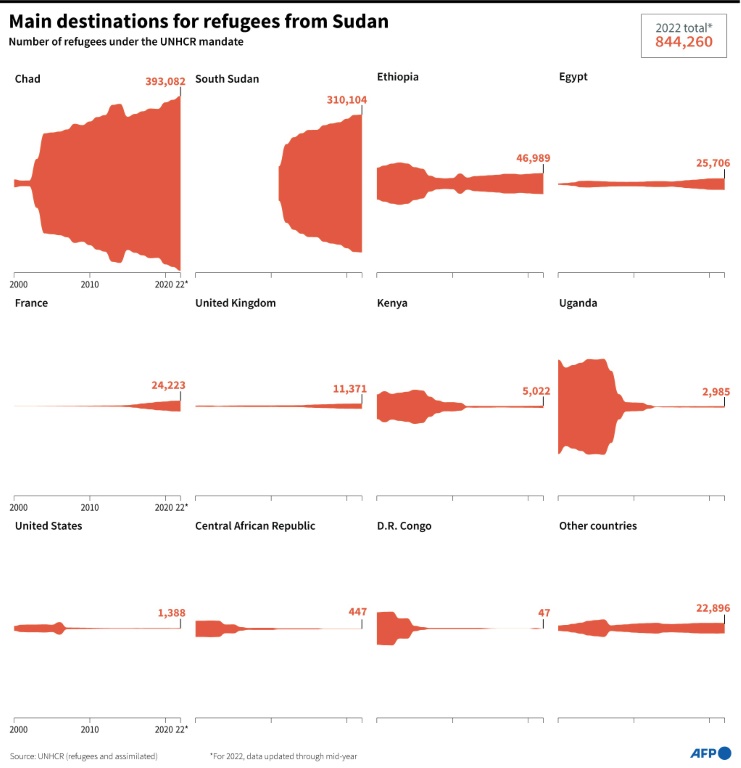Even before Oct. 7, residents knew all too well the risks they faced living so close to Gaza
Article content
NIR OZ, Israel — What was once a thriving agricultural community has now been taken over by cats.
Silent victims of one of the hardest-hit Israeli communities on October 7, the roaming cats of Kibbutz Nir Oz have now taken over, clearly starved of the generations of human attention they’ve become so accustomed to.
Article content
National Post was given rare access to this kibbutz, formerly home to 400 people, located a little under two kilometres walk from Gaza’s eastern border.
Advertisement 2
Article content
Touring the dozens of destroyed and burned-out homes — at all times accompanied by a group of interested felines and the regular booms from nearby artillery — one gets a sense of how personal this attack was for those who’ve called Nir Oz home, some for decades.
One of the homes toured belongs to retired journalist and peace activist Oded Lifshitz who until October 7 maintained a modest house in the community he helped found.
Lifshitz, who spoke fluent Arabic, would regularly drive sick Gazans to hospitals in Jerusalem, said Rita Lifshitz, a 40-year resident of Nir Oz and Oded’s daughter-in-law.
Recommended from Editorial
He was also a longtime correspondent for the now defunct left-wing newspaper Al-HaMishmar.
“Oded can’t take Palestinians to the hospital, because he is kidnapped by Hamas, and he’s still in Gaza,” she said.
“He doesn’t believe in sorrow, he doesn’t believe in Hamas. He believes in the Palestinian people.”
Article content
Advertisement 3
Article content
Lifshitz, 83, was at home with his wife Yocheved when Hamas terrorists burst in that Sabbath and holiday morning in October, taking both of them hostage and torching their home.
Yocheved, who was pulled out of her oxygen machine when the terrorists yanked her out of bed, was in poor health.
She was released by Hamas on October 23.
The home’s exterior is scorched and wrecked, the interior barely recognizable as a home.
Shards of dishes are scattered across the floor, intermingled with burnt wood, melted appliances and broken floor tiles.
A charred soundboard laced with snapped and melted wires is all that remained of a piano that once sat against a living room wall.

Walking through Nir Oz one sees evidence of the horrors of that day where one in four of its residents were either murdered or kidnapped by Hamas.
Posters of each missing and murdered resident are tacked on the front door of each ruined home.
Gaza is close — very close.
From the elevated viewpoint atop the former home of Miri and Amitai Ben Zivi, the Hamas-run Palestinian strip is clearly visible, a short sprint would cover the distance in a reasonable period of time.
Advertisement 4
Article content
Even before Oct. 7, residents knew all too well the risks they faced living so close. Residents had been killed by Hamas snipers and rockets over the years. Officials had urged residents to plant crops that require nighttime harvesting, to avoid being shot at in the daylight.
While National Post was in the area, a Hamas rocket attack in Kerem Shalom, roughly five kilometres south, killed four Israeli soldiers.
Over 150 Hamas terrorists poured into Nir Oz on Oct. 7, just before 7 a.m., through gates in agricultural fences.
After murdering local security forces, the terrorists spent hours breaking into homes, killing civilians and taking prisoners.
Homes were torched to force out families who took shelter in safe rooms. Gunmen waited outside to either shoot them down or take them prisoner.

The kibbutz’s dining hall is largely untouched since the Hamas attack. The few glass doors that were still intact were riddled with bullet holes.
Walking into the building as broken glass crunches underfoot, there is an odd mix of normalcy and devastation.
Next to a destroyed, bullet-ridden door is a lost baby’s pacifier helpfully tacked to a cork bulletin board.
Advertisement 5
Article content
A gleaming buffet steam table sits next to the burned-out husk of the dining hall’s kitchen, torched by Hamas terrorists before they moved on to the civilian homes.
House after house is gutted by fire, charred wood piled with children’s toys, bottles of water and half-read novels. Electrical switches and televisions are transformed into unrecognizable globs of melted plastic.
The surviving residents have been evacuated since the war started. Only local security heads still live here. Those who return for short visits make sure plenty of food and water are left out to feed the town’s cats.
National Post
bpassifiume@postmedia.com
Get even more deep-dive National Post political coverage and analysis in your inbox with the Political Hack newsletter, where Ottawa bureau chief Stuart Thomson and political analyst Tasha Kheiriddin get at what’s really going on behind the scenes on Parliament Hill every Wednesday and Friday, exclusively for subscribers. Sign up here.
Article content








